| Have you found an error or do you want to add more
information to these pages? You can contact me at the bottom of the home page. |
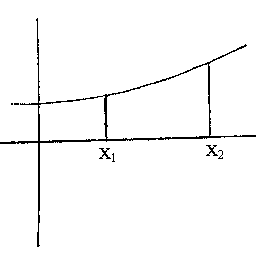
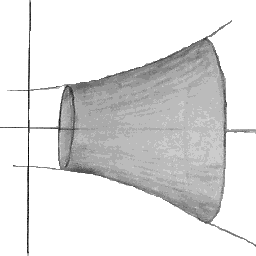
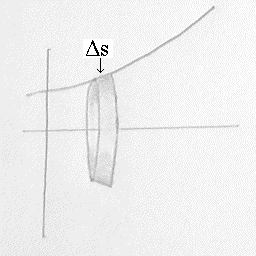
|
ΔA Δx |
= 2πy | Δs Δx |
|
dA dx |
= 2πy | ds dx |
|
ds dx |
= √(1 + (dy / dx)2) |
|
dA dx |
= 2πy√(1 + (dy / dx)2) |
| Surface area = | ∫ | x2 | 2πy√(1 + (dy / dx)2) dx |
| x1 |
| y = x | r h |
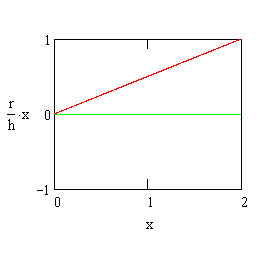
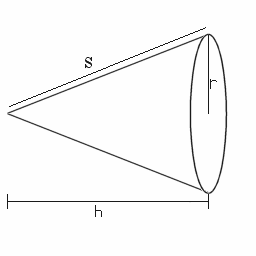
| Surface area of the cone = | ∫ | h | 2πy√(1 + (dy / dx)2) dx |
| 0 |
| y = x | r h |
so we can see that | dy dx |
= | r h |
| Surface area of the cone = 2πr / h | ∫ | h | (x√(1 + (r / h)2) dx |
| 0 |
| Surface area of the cone = 2πr / h((h2 + r2)/h2) | ∫ | h | x dx |
| 0 |
| Have you found an error or do you want to add more
information to these pages? You can contact me at the bottom of the home page. |